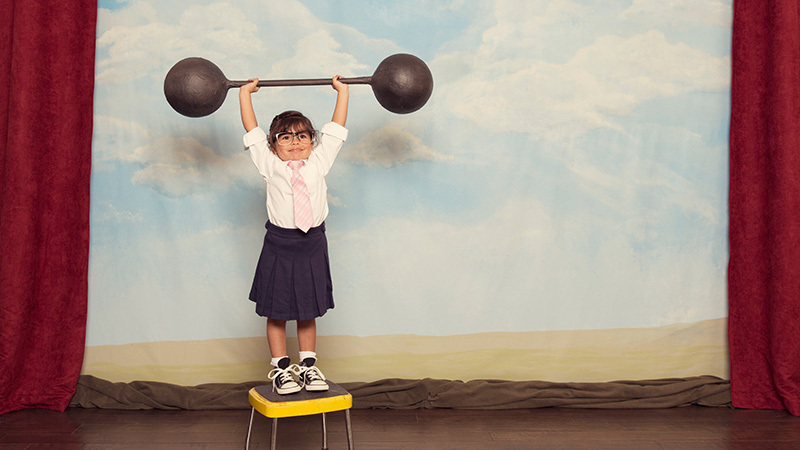There are many buzz words in the education sector to help teachers be mindful of their students’ social and emotional learning (e.g., persistence, resilience, grit, and mindset). One missing piece of the puzzle, however, is how your academic identities are also affected by these components. As you seek to cultivate a more holistic learning environment in your classroom, you should also consider exploring your own self-beliefs.
What is a Growth Mindset?
Think back to your time as an elementary or middle school student. Do you remember harboring anxiety about one particular subject? Did that concern grow over time? For many of us, these concerns become anxiety and even fear, ultimately contributing to your mindset and/or beliefs about your abilities. According to world-renowned Stanford psychologist Carol Dweck, a growth mindset is associated with the belief that hard work and effort can improve one’s skills. Alternatively, a fixed mindset describes the belief that no matter what you do, your skills cannot change.
While we are often busy focusing on our students’ growth and development, we, as teachers, might never consider how our beliefs about our own abilities might be impacting our classroom instruction.
Changing to a Growth Mindset
What type of mindset do you have? If you’ve never had the opportunity to explore this question, take a look at these three steps:
- Tune into your self-talk. When you encounter a challenging task, what do you say to yourself? Tune into that internal monologue. What messages are you sending to yourself about your likelihood of success? In the face of this challenge, do you find yourself acting as a personal cheerleader, or are you getting down on yourself? For many who have a history of struggling with a topic, content area, or specific task, it’s the latter. We tend to tell ourselves that we’ll never be good at that thing and that it’s a waste of time to even try. This is the definition of a fixed mindset.
- Consider the evidence of these messages. If you have a long history of sending negative messages to yourself, think about whether or not there is truth behind your self-talk. What is the evidence that you aren’t very good at this task and that you’ll never be good at it? Many of us refer back to an event or experience of failure from a long time ago and let that information become part of our operating system, rather than considering that we are able to grow and improve.
- Challenge your beliefs! Instead of accepting a fixed mindset, what if you sought to incorporate a growth mindset? Test yourself to see what you can do! To do this, take on a challenge that you think will be difficult for you achieve (e.g., learning a new language or instrument, performing a science experiment, or writing an academic blog). Allow yourself to get excited about the prospect of being successful at this task and proving yourself wrong. Prepare for the task and set yourself up for success. Create a list of resources that you will use to support you and set SMART goals to help you along the way. With effort, you can be successful!
If you are able to change your mindset, it will have tremendous benefits not only for your personal life, but also for your classroom instruction. After all, if you can overcome that which hinders your development, what does it mean for your students? Defeating your negative self-beliefs and altering your mindset will make for a great success story that your students can model in their own lives!






